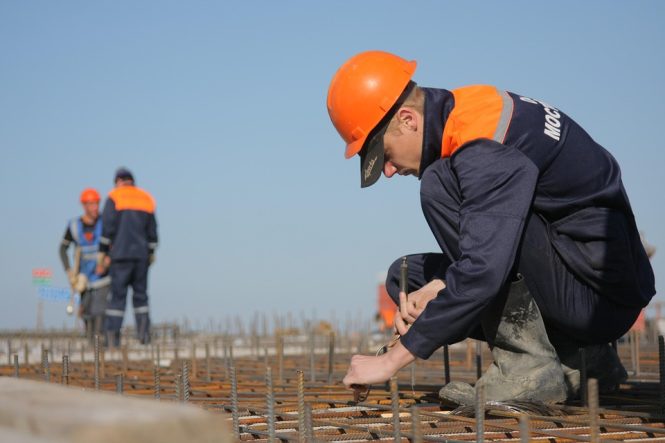
The Anatomy of a Roofing Estimate: Understanding What You’re Paying For
When it comes to roofing repairs or replacements, receiving an estimate from a contractor can be a daunting experience. The document is often filled with technical jargon and line items that can be difficult to decipher. However, understanding what you’re paying for is crucial to making informed decisions about your roofing project. In this article, we’ll break down the anatomy of a roofing estimate, so you can navigate the process with confidence.
Introduction to Roofing Estimates
A roofing estimate is a detailed document that outlines the scope of work, materials, and costs associated with a roofing project. It’s typically provided by a licensed contractor after an on-site inspection of your roof. The estimate should include a comprehensive overview of the work to be performed, including the removal of old roofing materials, installation of new materials, and any necessary repairs or upgrades.
Components of a Roofing Estimate
A typical roofing estimate consists of the following components:
- Scope of Work: This section outlines the specific tasks to be performed, including the type of roofing material to be installed, the number of layers to be removed, and any additional work such as flashing installation or vent repair.
- Materials: This section lists the specific materials to be used, including the type and quantity of roofing shingles, underlayment, flashing, and other components.
- Labor Costs: This section outlines the cost of labor associated with the project, including the number of workers, hours worked, and labor rates.
- Equipment and Supplies: This section includes the cost of any equipment or supplies necessary to complete the project, such as ladders, scaffolding, and safety gear.
- Permits and Inspections: This section outlines the cost of any necessary permits or inspections required by local authorities.
- Warranty and Guarantee: This section outlines the manufacturer’s warranty and the contractor’s guarantee, including the length of time and any conditions or exclusions.
- Total Cost: This section presents the total cost of the project, including all materials, labor, equipment, and other expenses.
Understanding Roofing Estimate Line Items
Roofing estimates often include a variety of line items that can be confusing. Here are some common line items and what they typically include:
- Removal of Old Roofing: This line item includes the cost of removing the existing roofing material, including the cost of labor, equipment, and disposal fees.
- Installation of New Roofing: This line item includes the cost of installing the new roofing material, including the cost of labor, materials, and equipment.
- Flashing Installation: This line item includes the cost of installing flashing around chimneys, vents, and skylights to prevent water intrusion.
- Underlayment Installation: This line item includes the cost of installing a waterproof underlayment to protect the roof deck from water damage.
- Vent Repair or Replacement: This line item includes the cost of repairing or replacing roof vents to ensure proper ventilation and prevent moisture buildup.
Tips for Reviewing a Roofing Estimate
When reviewing a roofing estimate, keep the following tips in mind:
- Ask Questions: Don’t be afraid to ask questions about any line items or costs that are unclear.
- Compare Estimates: Compare estimates from multiple contractors to ensure you’re getting a fair price.
- Check for Licenses and Certifications: Verify that the contractor is properly licensed and certified to perform roofing work in your state.
- Review Warranties and Guarantees: Understand the terms and conditions of the manufacturer’s warranty and the contractor’s guarantee.
- Look for Red Flags: Be wary of estimates that seem too good to be true or include hidden costs or fees.
Conclusion
Understanding the anatomy of a roofing estimate is crucial to making informed decisions about your roofing project. By knowing what to look for and what questions to ask, you can navigate the process with confidence and ensure that you’re getting a fair price for the work to be performed. Remember to review estimates carefully, ask questions, and compare prices from multiple contractors to ensure that you’re getting the best value for your money.